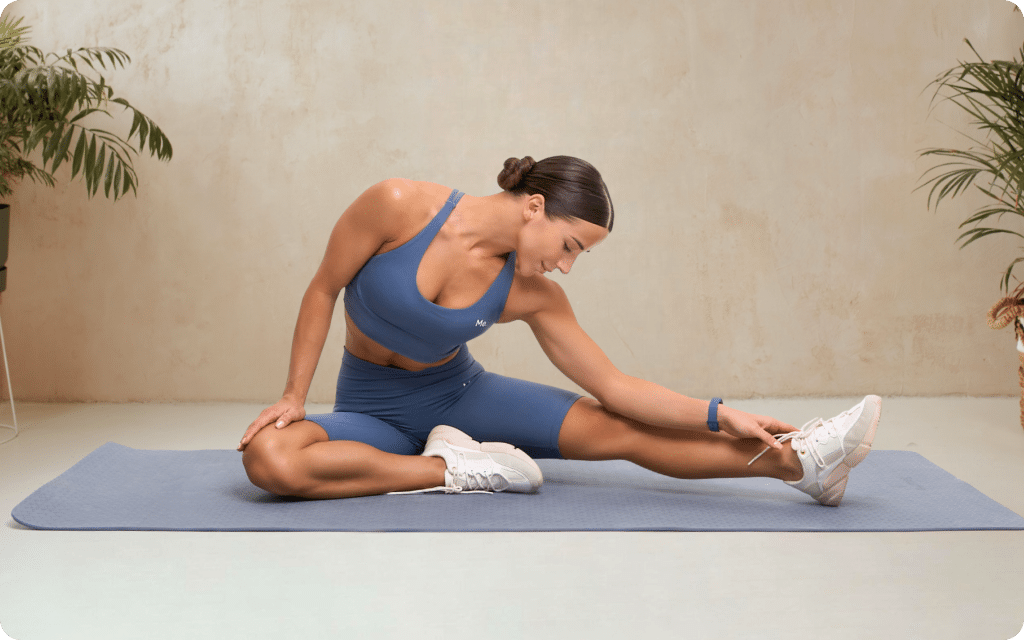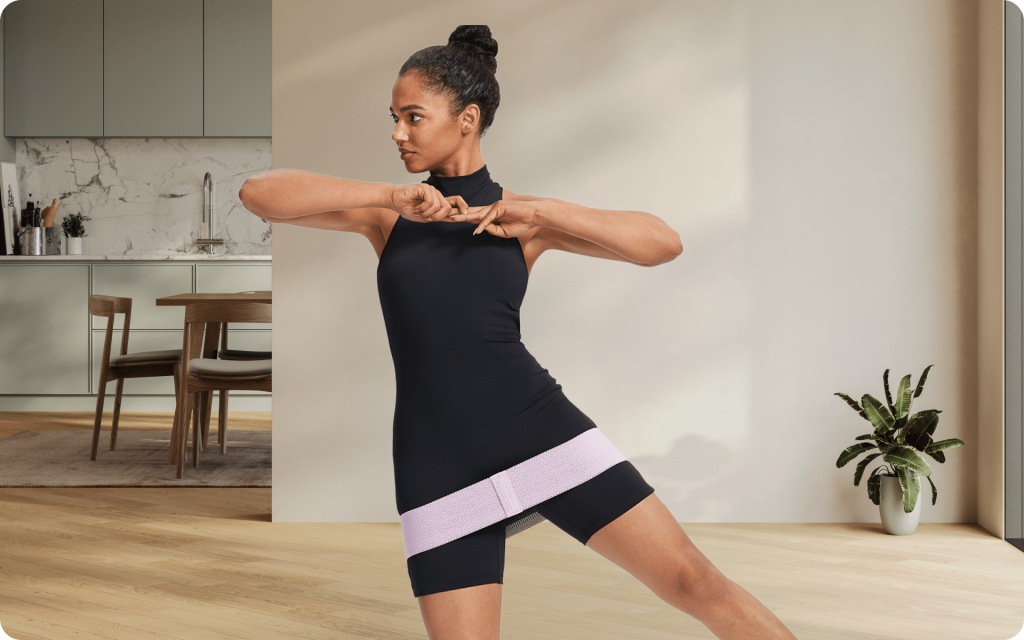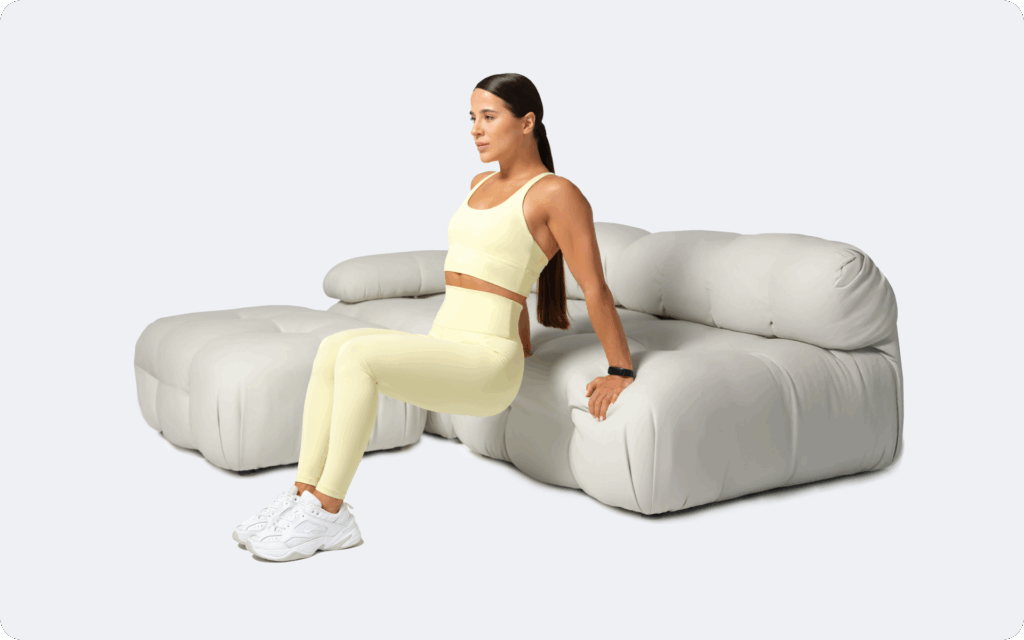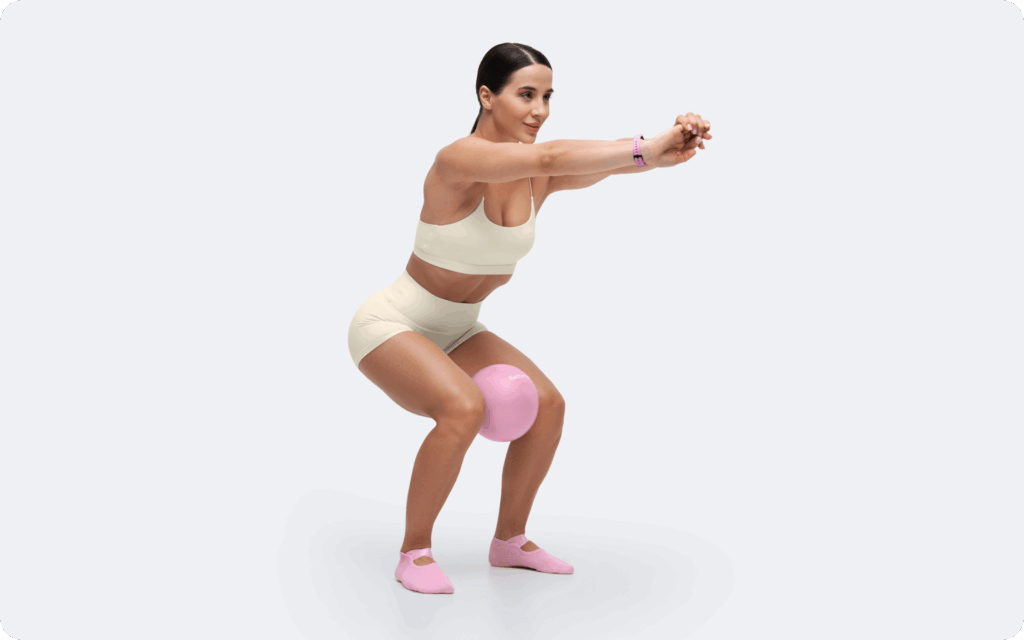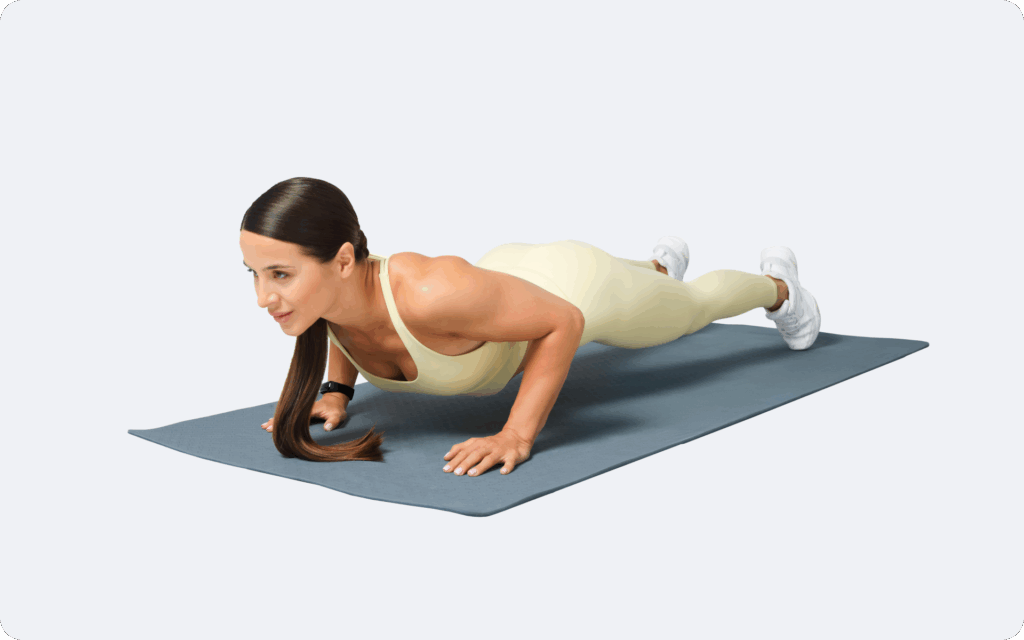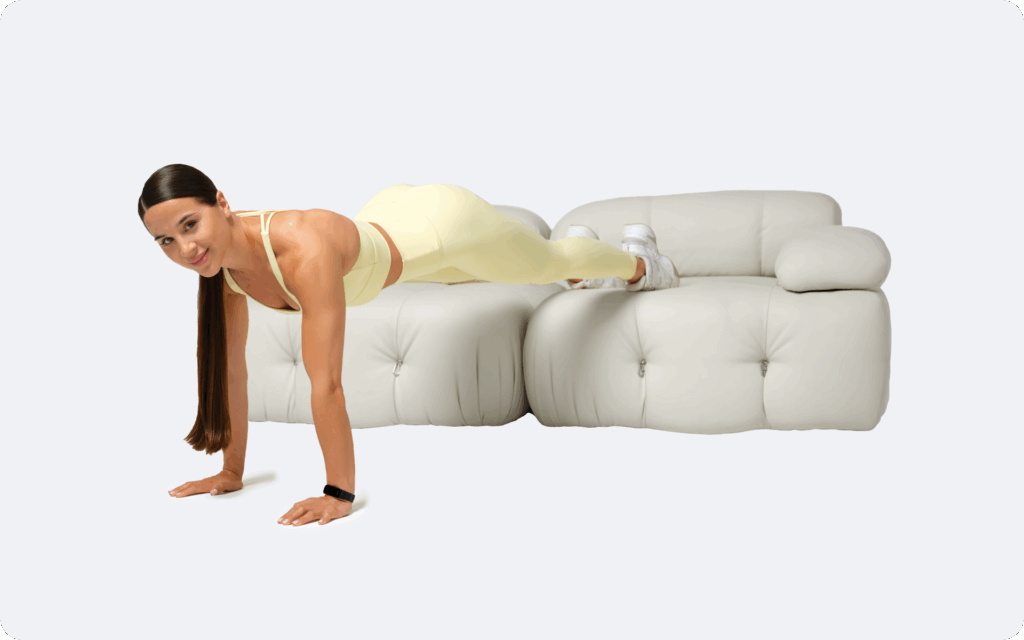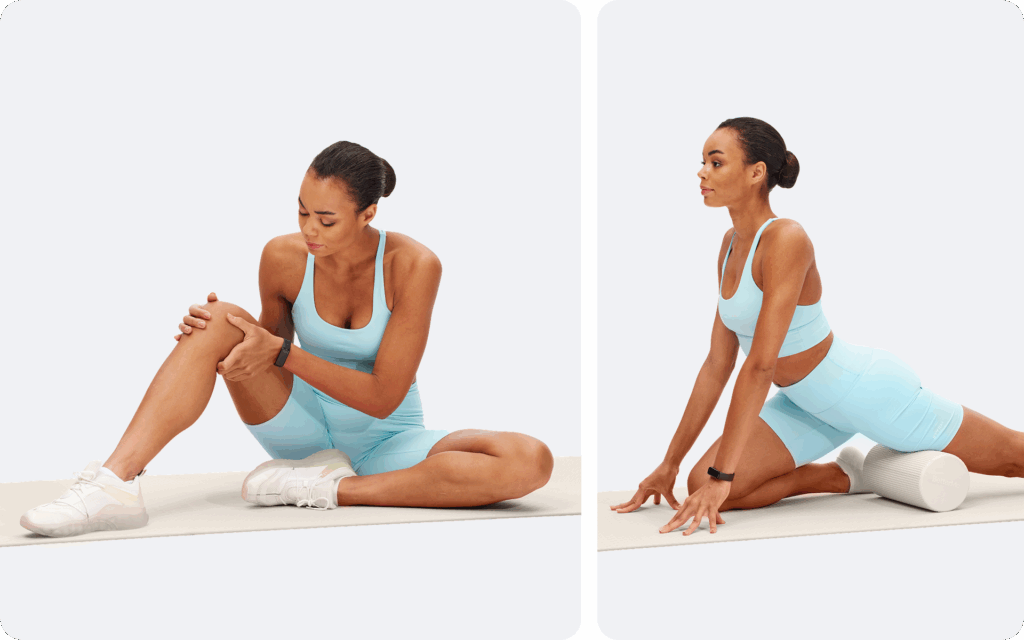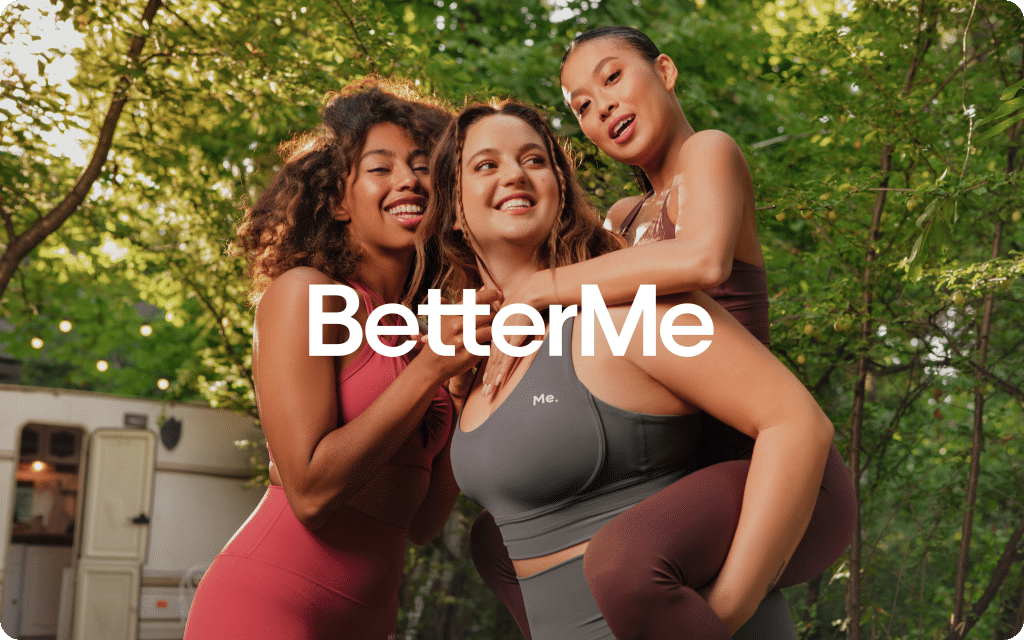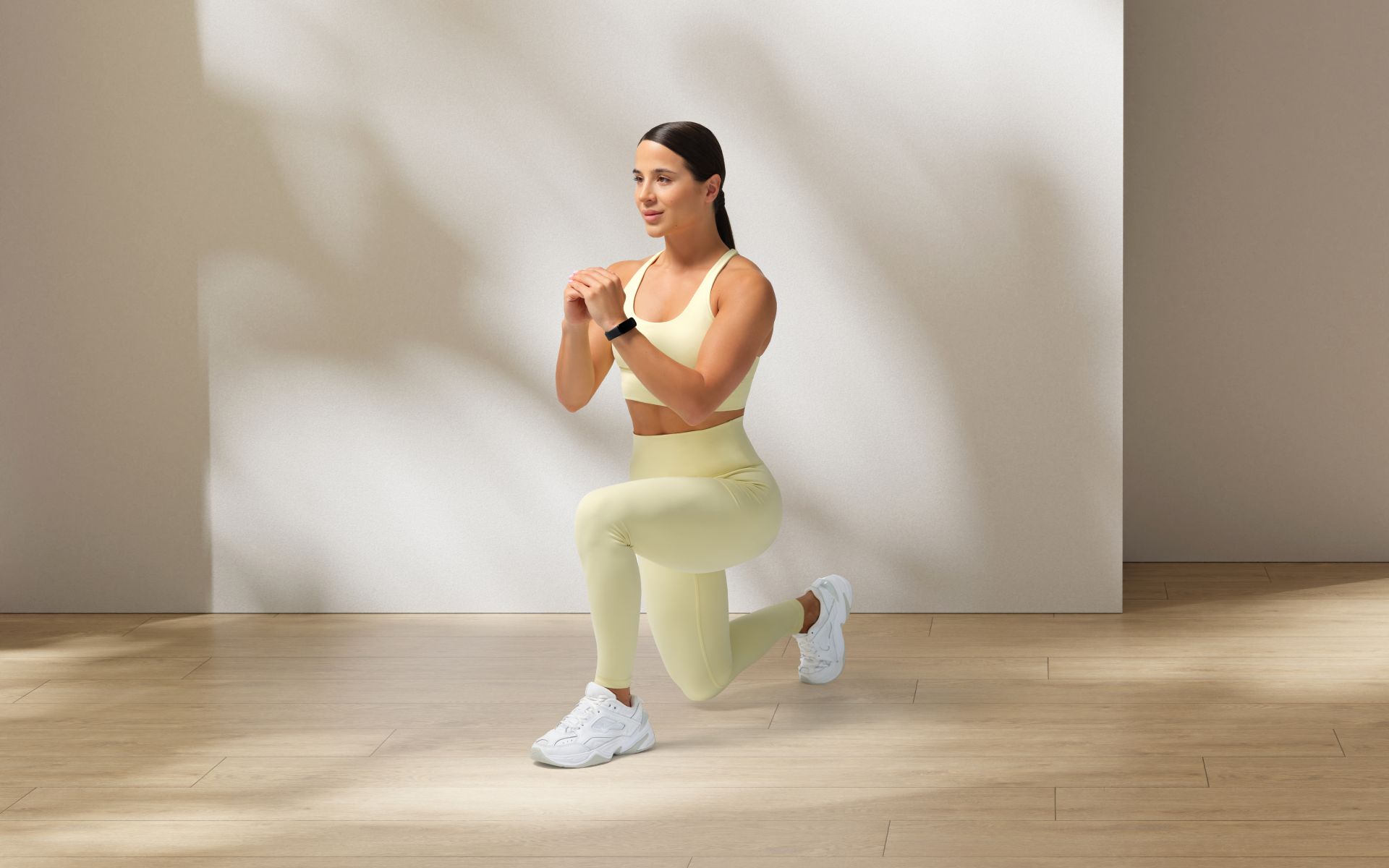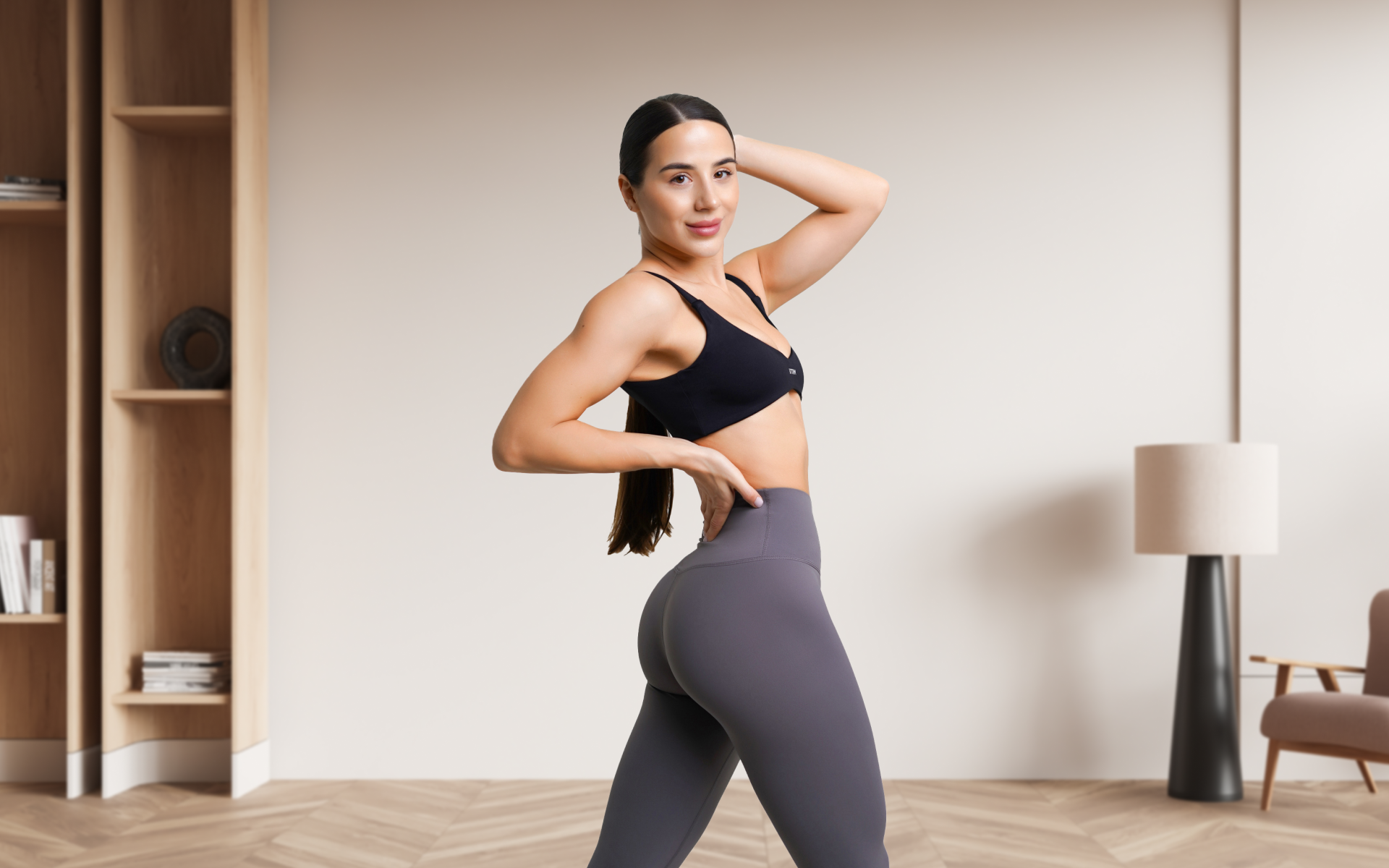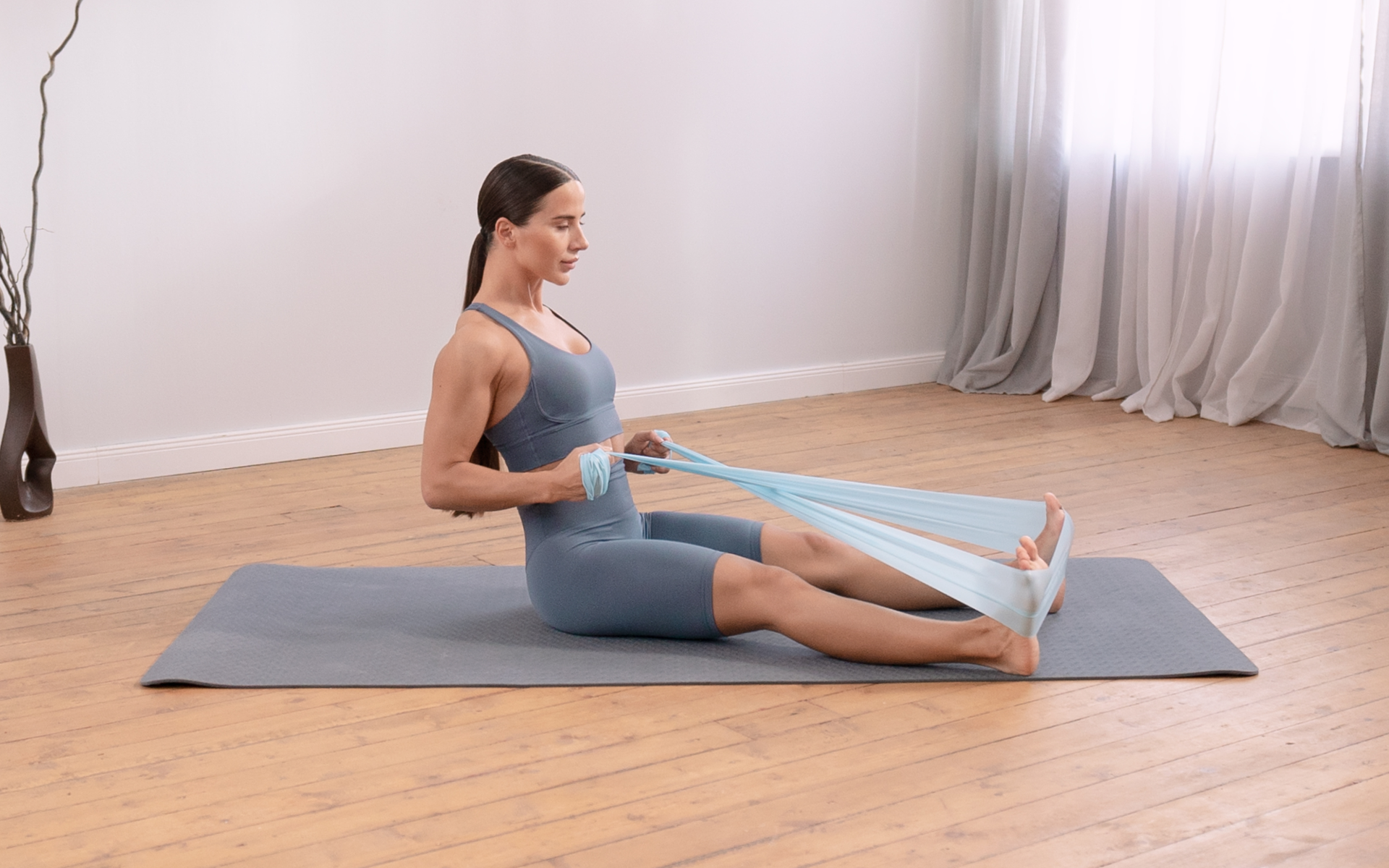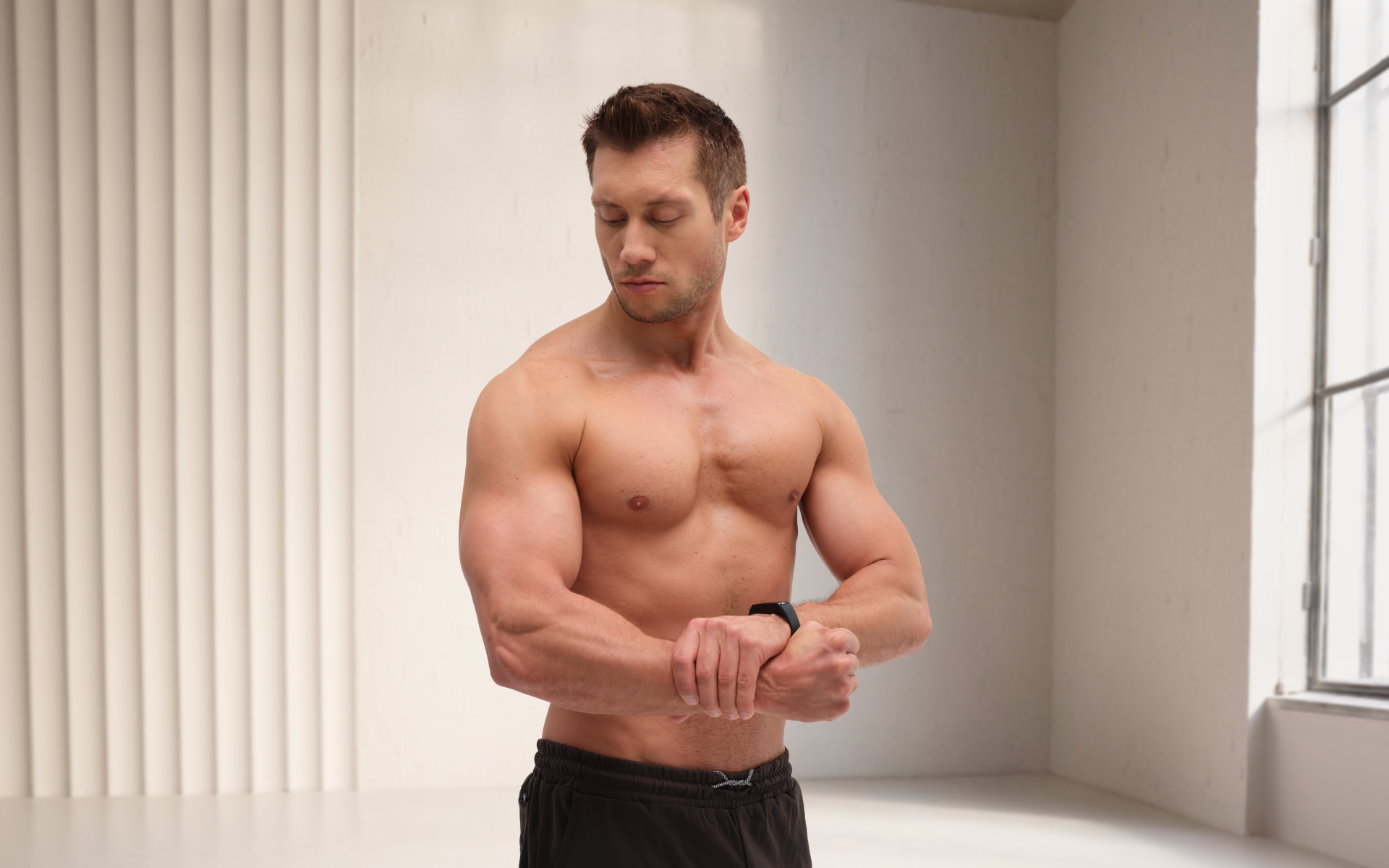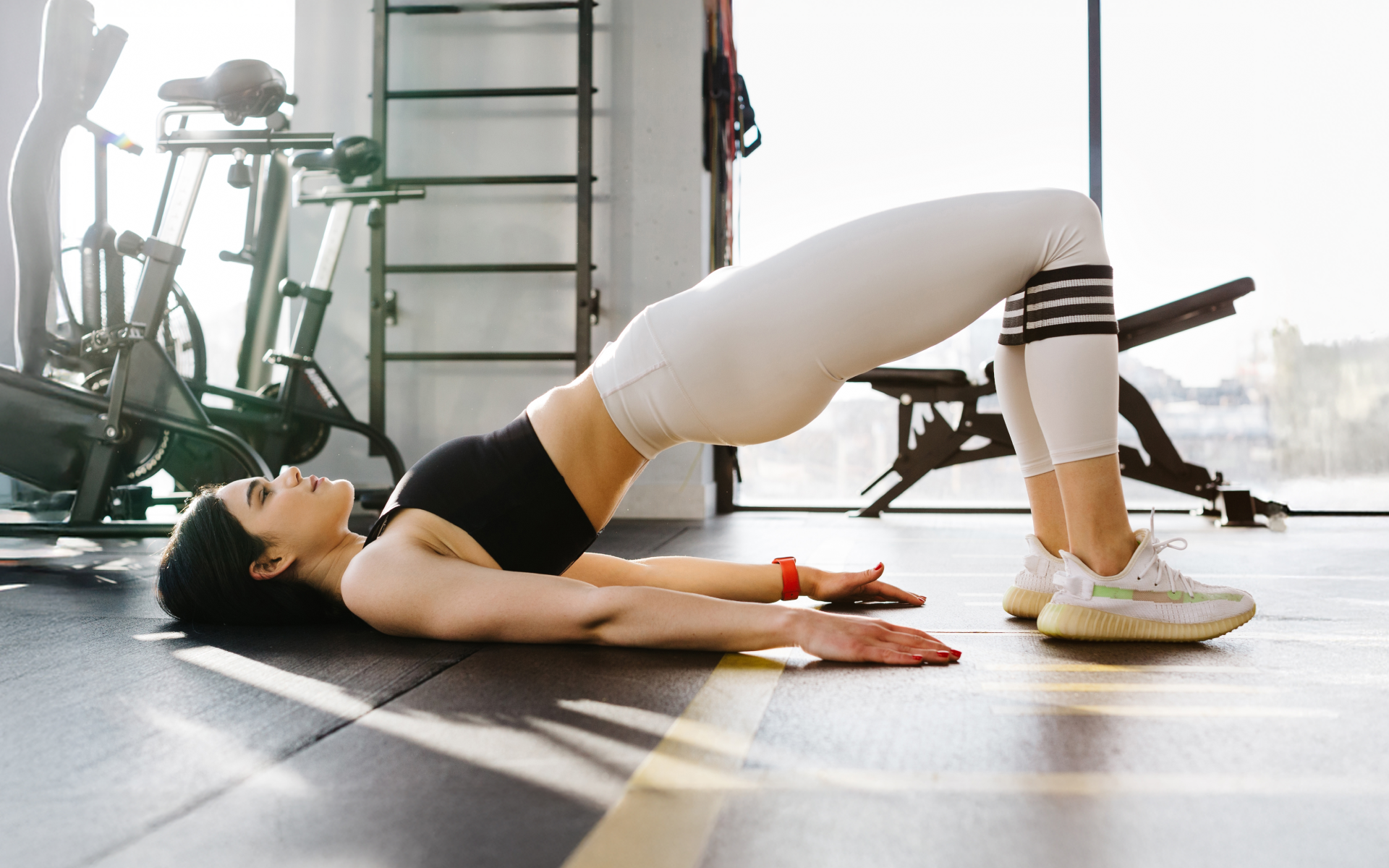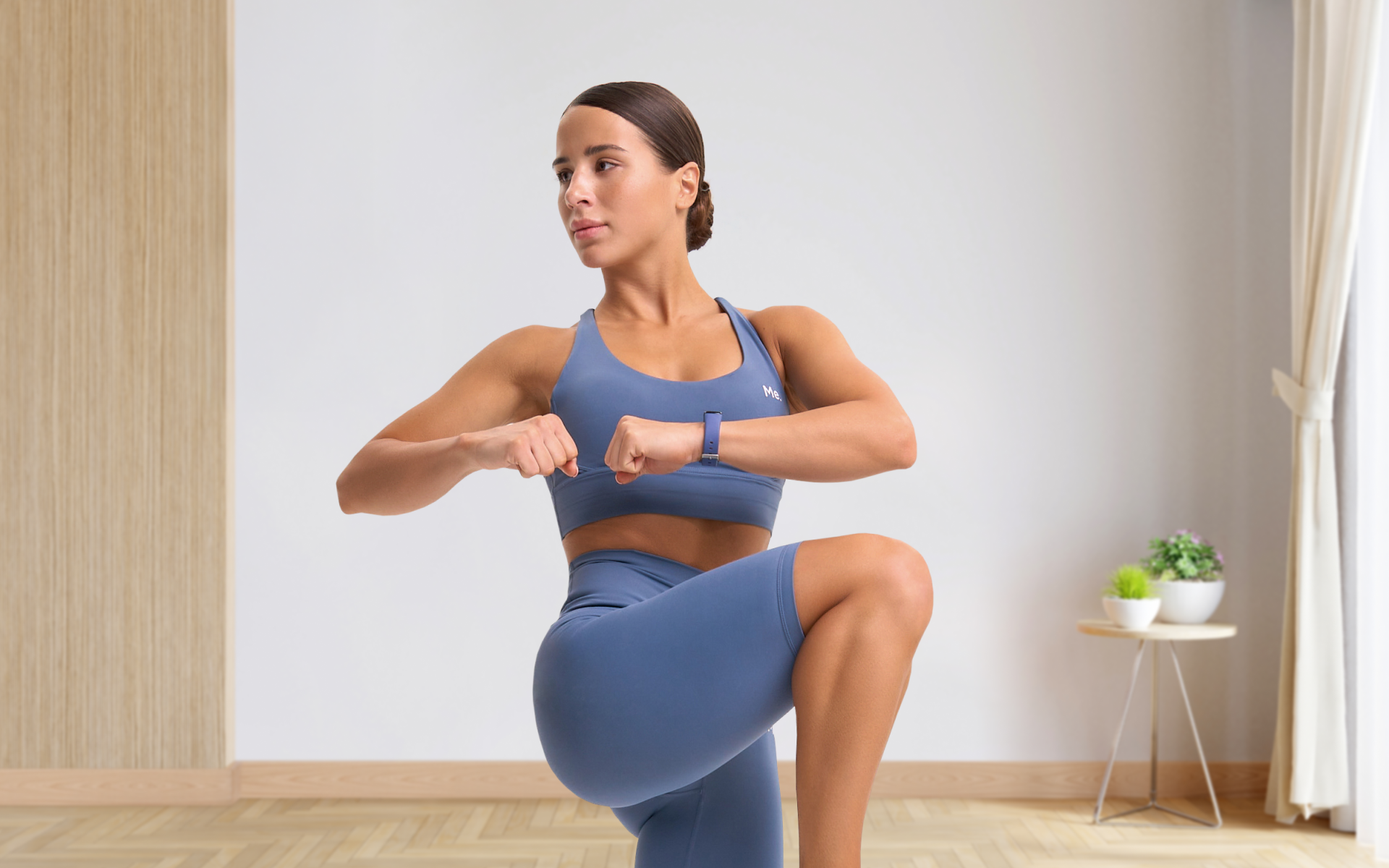Calisthenics is a powerful way to build muscle, strength, and endurance using only your body weight. You can do these workouts almost anywhere, which makes it a flexible and cost-effective way to get in shape. However, a common mistake is assuming that any random set of bodyweight exercises will deliver the results you want. To truly benefit, you need a structured and progressive approach.
This article will break down what makes a complete calisthenics workout effective. We’ll explore the science behind full-body training, provide a detailed workout program with eight essential exercises, and compare full-body routines to split training. By the end, you’ll have a clear understanding of how to build a balanced and powerful physique with calisthenics.
What Defines a Complete Calisthenics Workout?
A complete calisthenics workout is more than just a random collection of exercises. It’s a structured session designed to stimulate all major muscle groups, which promotes balanced strength and prevents injury. A well-rounded routine has several key qualities:
Full-Body Muscle Engagement
A complete calisthenics workout should target the entire body. This means including exercises that work your upper body (pushing and pulling muscles), lower body (quads, hamstrings, glutes, and calves), and core.
By engaging all the major muscle groups, full-body calisthenics workouts improve overall strength, enhance functional fitness, and maximize calorie burn, which makes them an efficient choice for building a balanced physique (1).
Balanced Push and Pull Movements
To maintain healthy joints, particularly in the shoulders, it’s essential to balance pushing and pulling exercises. For every horizontal push (such as a push-up), you should include a horizontal pull (such as a row). Similarly, vertical pushes (such as dips) should be paired with vertical pulls (such as pull-ups). This balance ensures that the muscles around your joints develop evenly, promoting stability and long-term health.
Progressive Overload
The cornerstone of any effective strength program is progressive overload (2, 3). In weightlifting, this is as simple as adding more weight to the bar. In calisthenics, it’s achieved by increasing the difficulty of an exercise. This can be done by (4):
- Increasing the number of repetitions or sets.
- Decreasing rest times.
- Advancing to a more challenging exercise variation (e.g. moving from a standard push-up to a pike push-up).
A complete calisthenics program must incorporate a clear path for progression to continuously challenge your muscles and drive adaptation.
The BetterMe: Health Coaching app will provide you with a host of fat-frying fitness routines that’ll scare the extra pounds away and turn your body into a masterpiece! Get your life moving in the right direction with BetterMe!
Variety in Planes of Motion
Our bodies are designed to move in multiple directions. A truly comprehensive workout incorporates exercises across different planes of motion: sagittal (forward and backward), frontal (side to side), and transverse (rotational). Working in various planes helps develop functional strength that translates directly to real-world activities, from lifting groceries to playing sports (5).
Read more: Full-Body Calisthenics Workout Guide: Exercise Selection, Programming, and FAQs
Do Full-Body Workouts Maximize Calisthenics Results?
Yes, full-body workouts maximize calisthenics results. However, well-programmed split routines can also do so.
Research comparing full-body workouts to split routines (where different muscle groups are trained on different days) has found that neither approach is definitively superior for muscle growth or strength gains, as long as the total weekly training volume is equal (6).
This means that if you perform the same number of sets and reps for each muscle group over the course of a week, you can expect similar results whether you do it all in a few full-body sessions or spread it across multiple split-style workouts.
The idea that full-body workouts are superior for beginners often stems from the fact that they increase training frequency for each muscle group. For someone who is new to exercise, training muscles three times a week with a full-body routine can stimulate faster initial adaptations in strength and coordination compared to hitting each muscle only once a week with a split (7).
This frequent practice helps solidify movement patterns and improve neuromuscular efficiency – how well your brain communicates with your muscles (8).
However, as you become more advanced, the benefits of higher frequency may diminish. The primary driver of long-term progress remains total training volume and progressive overload. Full-body workouts are an excellent and practical way to achieve this, but they’re not the only way.
A Sweaty Complete Calisthenics Workout
Here is a full-body calisthenics workout designed for an intermediate fitness level. It’s structured as a circuit, which means you’ll move from one exercise to the next with minimal rest. This approach keeps your heart rate elevated, which makes it effective for fat loss while building strength.
Complete four rounds of the following circuit:
| Exercise | Sets | Reps |
|---|---|---|
| Bench dips | 1 | 25 |
| Knee raises | 1 | 20 |
| Pull-ups | 1 | 15 |
| Squats | 1 | 25 |
| Push-ups | 1 | 20 |
| Pike presses (elevated feet) | 1 | 15 |
| Calf raises | 1 | 25 |
| Close-grip chin-ups | 1 | 15 |
Instructions:
- Perform each exercise for the specified number of repetitions.
- Rest for 45 seconds between each exercise.
- After completing all eight exercises, rest for 2 minutes. This completes one round.
- Complete a total of 4 rounds.
Reasons why BetterMe is a safe bet: a wide range of calorie-blasting workouts, finger-licking recipes, 24/7 support, challenges that’ll keep you on your best game, and that just scratches the surface! Start using our app and watch the magic happen.
A Note on Workout Structure
- Workout Frequency: For beginners, a full-body routine like this is effective when it’s performed three times a week on non-consecutive days (e.g. Monday, Wednesday, Friday). This allows for 48 hours of recovery between sessions.
- Progressive Overload: Once you can comfortably complete the prescribed reps and sets with good form, it’s time to make the workout harder. You can do this by adding reps, reducing rest times, or advancing to a more difficult exercise variation.
- Warm-up: Before you start, always warm up for 5-10 minutes with light cardio and dynamic stretches such as arm circles, leg swings, and bodyweight squats.
Bench Dips
Target Muscles: Triceps, chest, shoulders
- Sit on the edge of a sturdy bench or chair with your hands placed on the edge, shoulder-width apart.
- Extend your legs out in front of you, with your heels on the floor. For an easier variation, keep your knees bent.
- Slide your hips forward off the bench, supporting your weight with your arms.
- Lower your body by bending your elbows until they’re at a 90-degree angle. Keep your elbows tucked in close to your body.
- Push back up to the starting position until your arms are fully extended.
Knee Raises
Target Muscles: Lower abdominals, hip flexors
- Hang from a pull-up bar with your hands slightly wider than shoulder-width apart.
- Keeping your legs together, raise your knees toward your chest.
- Squeeze your abs at the top of the movement.
- Slowly lower your legs back to the starting position in a controlled manner.
Pull-ups
Target Muscles: Back, biceps
- Grip a pull-up bar with your palms facing away from you and your hands shoulder-width apart.
- Hang from the bar with your arms fully extended.
- Pull your body up by engaging your back and biceps until your chin is over the bar. Imagine driving your elbows down toward your waist.
- Lower yourself back to the starting position with control.
Squats
Target Muscles: Quads, hamstrings, glutes
- Stand with your feet shoulder-width apart and your toes pointing slightly outward.
- Lower your hips back and down as if sitting in a chair. Keep your chest up and your back straight.
- Go as low as you can, ideally until your thighs are parallel to the floor or lower.
- Push through your heels to return to the starting position.
Push-ups
Target Muscles: Chest, shoulders, triceps
- Start in a plank position with your hands directly under your shoulders and your body in a straight line from your head to your heels.
- Lower your body by bending your elbows until your chest is just above the floor. Keep your elbows tucked in, not flared out to the sides.
- Push back up to the starting position with explosive power.
Pike Presses (Elevated Feet)
Target Muscles: Shoulders, triceps
- Place your feet on an elevated surface such as a bench or box.
- Position your hands on the floor, forming an inverted “V” shape with your body. Your hips should be high in the air.
- Lower your head toward the floor by bending your elbows.
- Press back up to the starting position.
Calf Raises
Target Muscles: Calves
- Stand on the edge of a step or elevated surface with your heels hanging off.
- Raise your heels as high as you can, squeezing your calf muscles at the top.
- Slowly lower your heels back down below the level of the step to get a full stretch.
- For added balance and to correct imbalances, perform this exercise one leg at a time.
Close-Grip Chin-ups
Target Muscles: Biceps, back
- Grip a pull-up bar with your palms facing toward you, your hands closer than shoulder-width apart.
- Hang with your arms fully extended.
- Pull your body up until your chin is over the bar, focusing on squeezing your biceps.
- Lower yourself back down with control.
If you’re just starting and need more guidance, you can also explore a structured full-body workout at home without equipment.
Read more: 45-Minute Calisthenics Workout: A Complete Beginner’s Guide
Is It Better to Do Full-Body Workouts or Split Calisthenics?
The choice between a full-body routine and a split routine often comes down to personal preference, schedule, and training experience. As previously mentioned, when total volume is matched, neither is inherently superior for muscle growth.
Pros of Full-Body Workouts:
- Time-Efficient: If you can only train a few times a week, full-body workouts ensure all your muscles are stimulated regularly. Missing a session is less detrimental than missing a day in a split routine, where you might neglect an entire muscle group for a week.
- Higher Frequency: Training each muscle group 2-3 times per week can be beneficial for skill acquisition and strength gains, particularly for beginners (9).
- Hormonal Response: Full-body workouts involving large muscle groups can trigger a significant release of anabolic hormones such as testosterone and growth hormone, which help with muscle repair and growth (10).
Cons of Full-Body Workouts:
- Less Focus on Individual Muscles: It’s difficult to include a lot of volume or isolation work for specific muscle groups in a single session.
- Can Be Very Fatiguing: A high-intensity full-body calisthenics workout can be mentally and physically draining, potentially affecting performance on exercises later in the session.
- Longer Recovery Needed: As they are so demanding, you typically need at least one full day of rest between full-body sessions.
If you have a busy schedule and can only commit to working out three days a week, consider following a structured full-body workout 3 times a week.
How Does a Complete Calisthenics Workout Prevent Imbalances?
A full-body approach encourages you to train all major muscle groups with equal frequency. This is a natural safeguard against the kind of imbalances that can develop from programs that overemphasize certain muscles (such as the “mirror muscles” of the chest and biceps) while neglecting others (such as the back and legs).
By programming balanced pushing and pulling exercises, a complete calisthenics workout helps ensure the muscles around your joints develop symmetrically. For example, balancing pull-ups and rows with push-ups and dips promotes shoulder health and good posture. Neglecting your back muscles while overdeveloping your chest can lead to rounded shoulders and an increased risk of injury.
Furthermore, many calisthenics exercises are compound movements, which means they engage multiple muscle groups and joints simultaneously. This helps your body learn to work as an integrated unit, improving coordination and functional strength.
When they’re properly designed, these complete calisthenics routines can be a powerful tool for promoting musculoskeletal health.
What Are the Disadvantages of Full-Body Workouts?
While full-body workouts offer many advantages, they aren’t without their downsides. It’s important to be aware of these potential drawbacks when deciding if this training style is right for you.
- Limited Specialization
If your goal is to maximize the size or strength of a specific muscle group, full-body workouts may be less effective than a split routine. As you’re training your entire body in one session, there’s limited time and energy to dedicate a high volume of work to any single area. An advanced athlete who is looking to bring up a lagging body part would likely benefit more from a specialized split.
- Central Nervous System (CNS) Fatigue
Training the entire body in one session, particularly with heavy compound movements, places a significant demand on your central nervous system. This can lead to accumulated fatigue that affects your performance in later exercises and may require longer recovery periods between workouts. If you consistently feel drained by the end of your workouts, a split routine may be a more manageable option.
- Session Length
A thorough full-body calisthenics workout can take a long time to complete, particularly if you include a proper warm-up, multiple exercises, and adequate rest periods. This can be a challenge for individuals who have tight schedules. While you can shorten the workout, doing so often means compromising on total training volume, which can slow down your progress.
For more insights into the advantages of this training style, explore the benefits of a full-body workout.
Yes, you can exclusively train with full-body workouts and make excellent progress, especially if you’re a beginner or intermediate practitioner. This approach is effective for building overall strength and muscle mass. As you become more advanced, you might consider incorporating split routines if you have specific goals, but it’s not a requirement for a strong and balanced physique. No single exercise works every muscle in the body. However, some compound movements are incredibly efficient. The burpee with a pull-up is a strong contender, as it combines a squat, push-up, jump, and pull-up, which engages most major muscle groups. Similarly, the muscle-up is a high-level calisthenics skill that extensively works the upper body and core. Yes, it’s possible to overtrain with any form of exercise, including calisthenics. Overtraining occurs when you don’t allow your body enough time to recover between workouts. Signs of overtraining include persistent fatigue, decreased performance, chronic muscle soreness, and an increased risk of injury. To avoid this, ensure you’re getting adequate rest, nutrition, and sleep. For beginners, doing a full-body calisthenics routine three times a week on non-consecutive days is a great starting point. This provides a good balance between training stimulus and recovery. More advanced individuals may train 4-6 days a week using a split routine to allow specific muscle groups to recover while others are being worked.Frequently Asked Questions
Can I train just full body?
What exercise works all muscles?
Can you overtrain with calisthenics?
How many days a week should I do calisthenics?
The Bottom Line
A complete calisthenics workout is a highly effective way to build functional strength, improve body composition, and enhance your overall fitness. By focusing on balanced programming, progressive overload, and consistent effort, you can transform your physique using just your body weight.
While full-body training is an excellent choice for many people, especially beginners, the best workout plan is ultimately one you can stick with consistently. Whether you choose a full-body routine or a split, the key is to train smart, listen to your body, and enjoy the journey of becoming stronger.
DISCLAIMER:
This article is intended for general informational purposes only and does not serve to address individual circumstances. It is not a substitute for professional advice or help and should not be relied on for making any kind of decision-making. Any action taken as a direct or indirect result of the information in this article is entirely at your own risk and is your sole responsibility.
BetterMe, its content staff, and its medical advisors accept no responsibility for inaccuracies, errors, misstatements, inconsistencies, or omissions and specifically disclaim any liability, loss or risk, personal, professional or otherwise, which may be incurred as a consequence, directly or indirectly, of the use and/or application of any content.
You should always seek the advice of your physician or other qualified health provider with any questions you may have regarding a medical condition or your specific situation. Never disregard professional medical advice or delay seeking it because of BetterMe content. If you suspect or think you may have a medical emergency, call your doctor.
SOURCES:
- 5 Benefits of Compound Exercises (2016, acefitness.org)
- The Influence of Resistance Training on Joint Flexibility in Healthy Adults: A Systematic Review, Meta-analysis, and Meta-regression (2025, journals.lww.com)
- Effects of Resistance Training Overload Progression Protocols on Strength and Muscle Mass (2024, pubmed.ncbi.nlm.nih.gov)
- Progressive overload without progressing load? The effects of load or repetition progression on muscular adaptations (2022, pubmed.ncbi.nlm.nih.gov)
- SAGITTAL, FRONTAL AND TRANSVERSE BODY PLANES: EXERCISES & MOVEMENTS (n.d., nasm.org)
- Split or full-body workout routine: which is best to increase muscle strength and hypertrophy? (2021, pmc.ncbi.nlm.nih.gov)
- Determination of Resistance Training Frequency (2017, nsca.com)
- Effects of strength training on neuromuscular adaptations in the development of maximal strength: a systematic review and meta-analysis (2025, pubmed.ncbi.nlm.nih.gov)
- Effects of Resistance Training Frequency on Measures of Muscle Hypertrophy: A Systematic Review and Meta-Analysis (2016, link.springer.com)
- Links Between Testosterone, Oestrogen, and the Growth Hormone/Insulin-Like Growth Factor Axis and Resistance Exercise Muscle Adaptations (2021, frontiersin.org)

